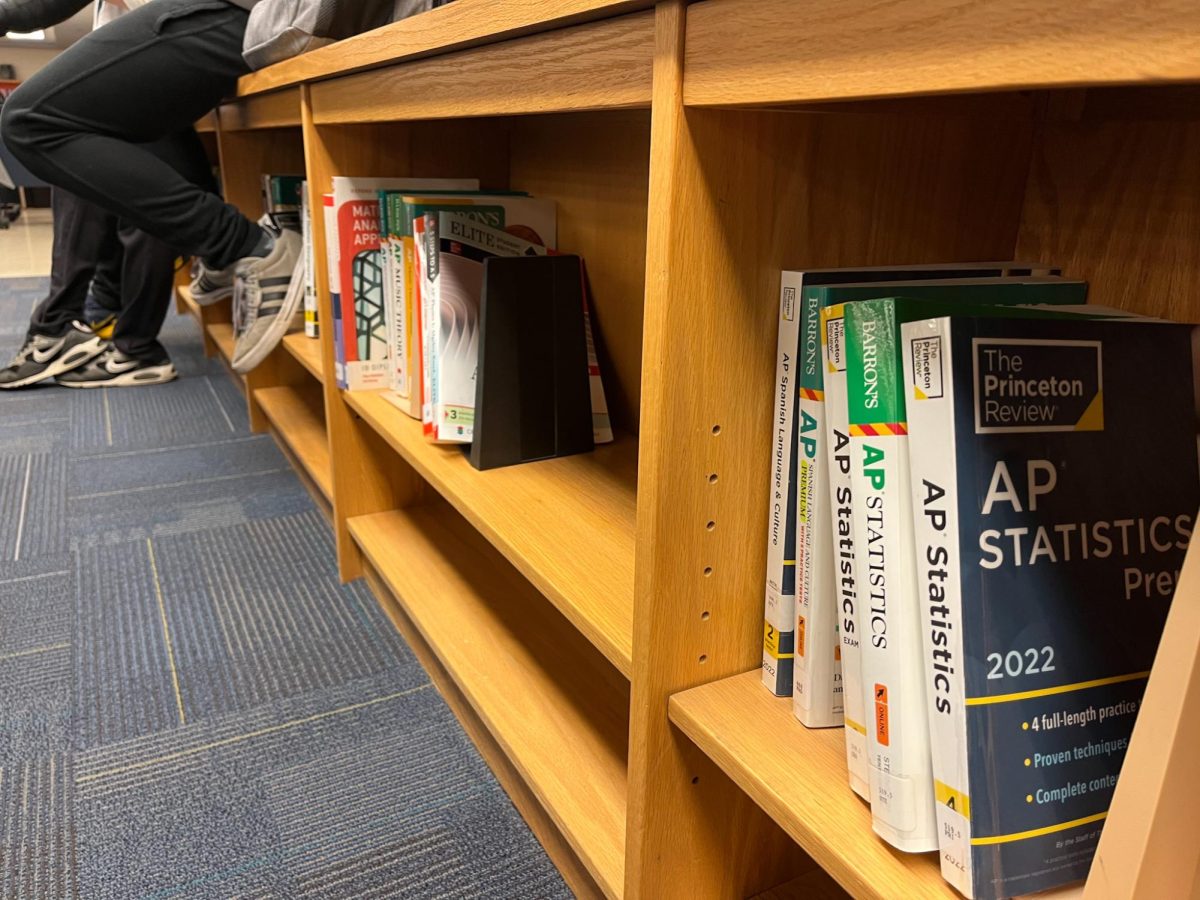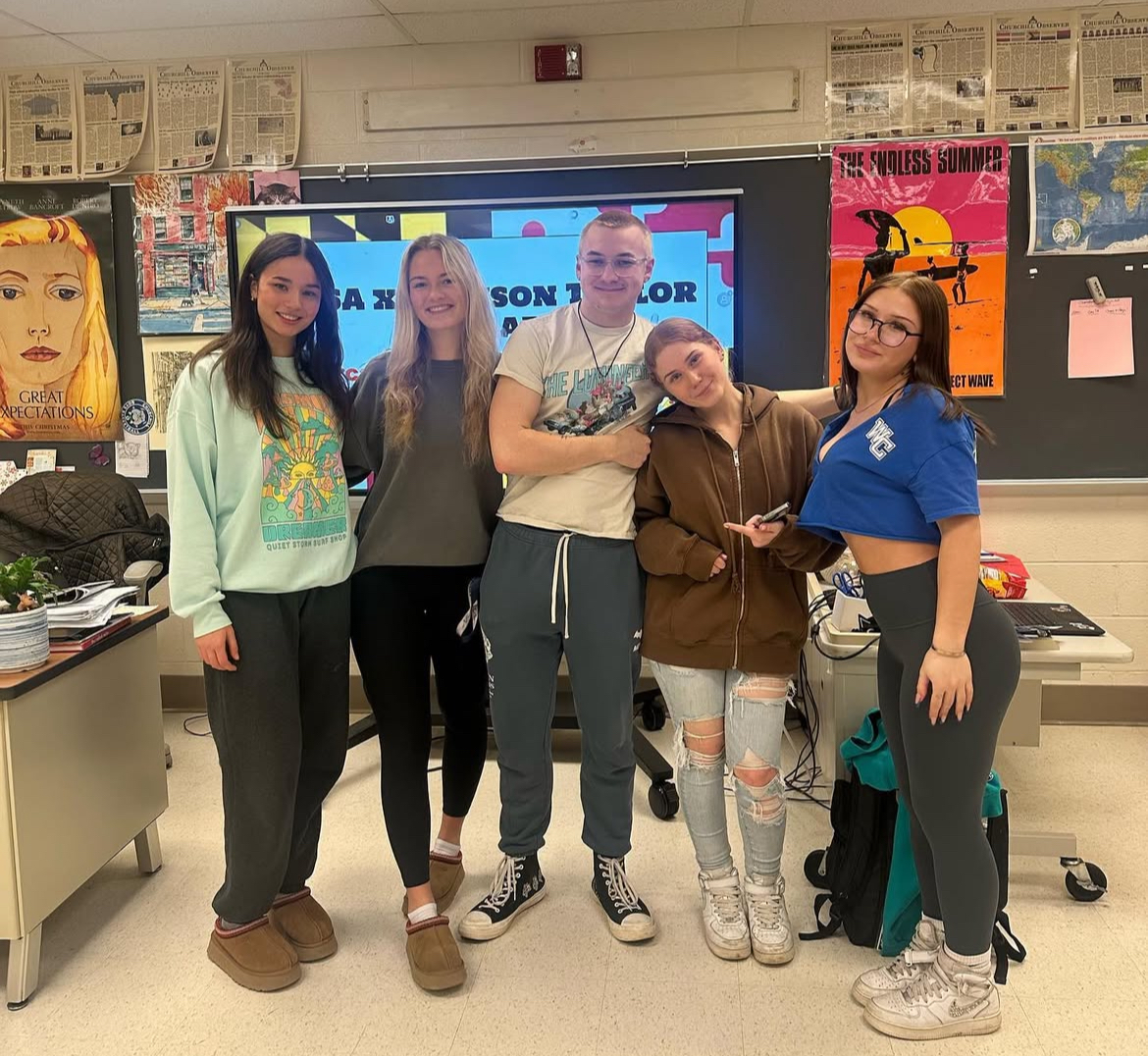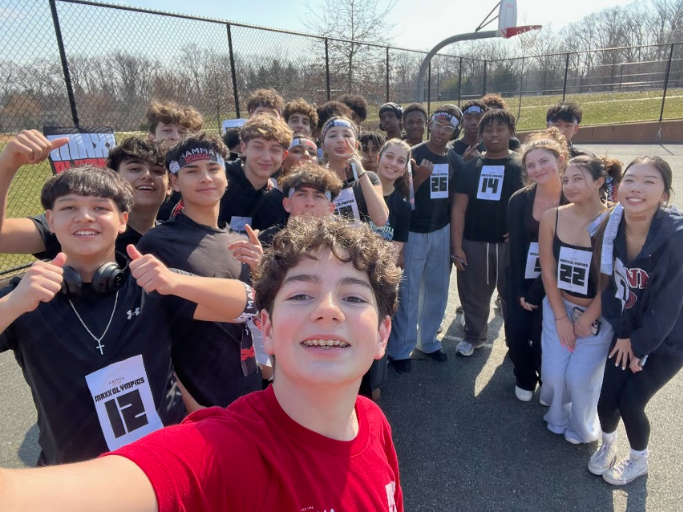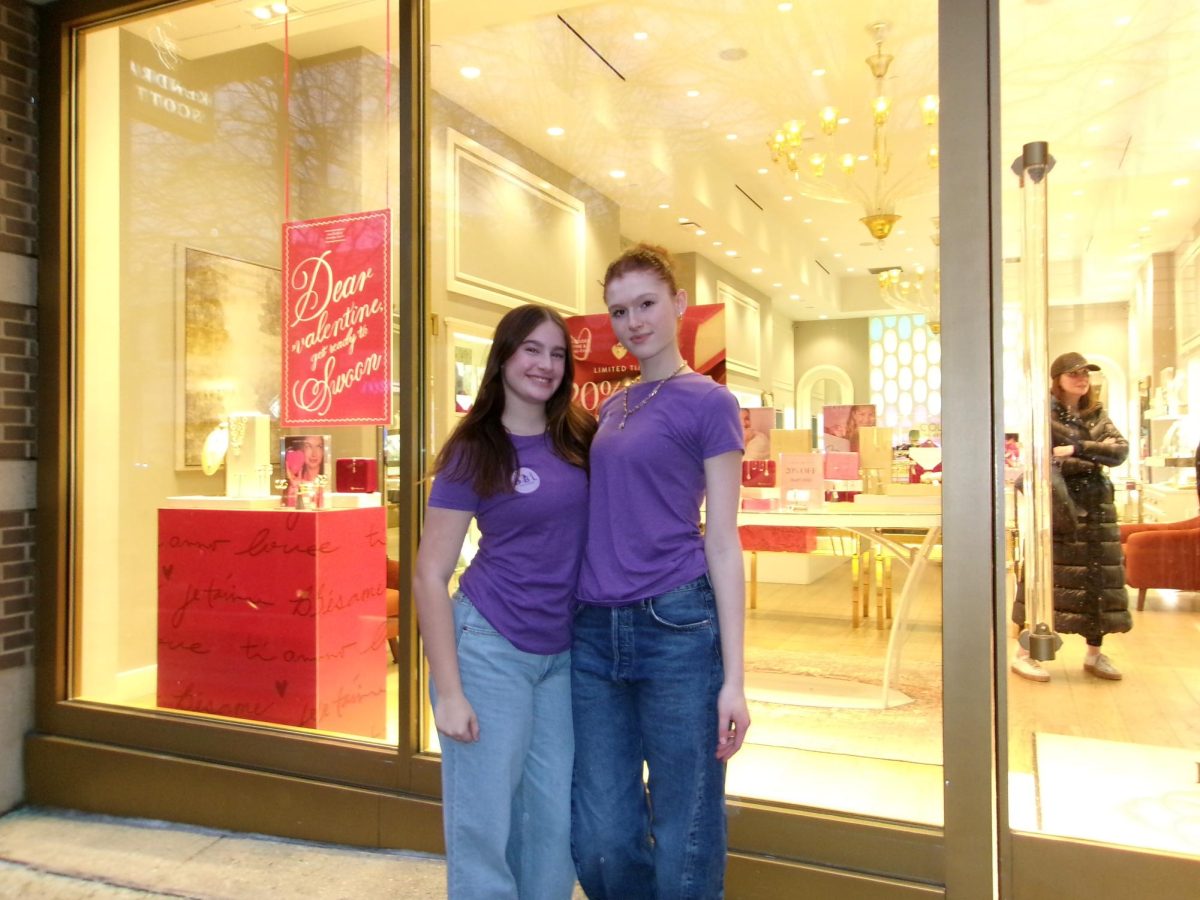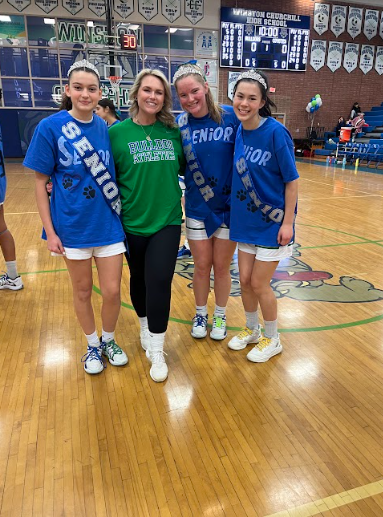More and more people are voluntarily cramming into tight spaces and decking out in promiscuous neon clothing to jump up and down for hours while loud music plays and colorful lights flash.
The once specialized party that originated in England in the 1980s for a small audience has now expanded its market to target most high-schoolers. Raves, which are similar to the Bassnectar concert held at the DC Armory Sept. 24, are defined as a gathering of people who focus on dancing to electronic music.
“Bassnectar was really fun because it was exclusive music that not many people knew of,” senior Claire Tomlinson said. “It was fun to relate to everyone else there. Everyone was really into techno.”
Raves have come to be known for their specialized music genre known as house or Dubstep. House is known as an up-tempo electric-dance style designed to keep all its listeners up and dancing, whether they even enjoy the music. Dubstep is an electronic mixture of base, high hat, drop womps and womps.
According to an April 2009 The Independent article, Dubstep originated in the early 2000s but did not begin to attract media attention until 2006.
“Even if people don’t like the music, the experience is so much fun,” senior Tanya Bagheri said. “Everyone is so transfixed by the experience.”
Bagheri also recalls the process she goes through to prepare for the festivals.
“I listened to a lot of Dubstep beforehand,” Bagheri said. “We went all out with neon clothes. People were in the most absurd outfits.”
Laser light shows have also become a fixture at these raves. While they are commonly considered just a tool for drugged-out attendees to have a more intense rush, they also improve the experience of everyone in attendance, even those rave-goers who do not engage in drug use.
“The experience was really unique,” Tomlinson said. “No one else does music like it.”
The impact “rave culture” has had on CHS is evident. At Club Night, the Model UN decided to play Dubstep in an attempt to lure new members.
“We wanted Model UN to be exciting and thought it would be a fun way to kick off the year,” vice president Vibha Gunjal said.
The club had over 400 kids sign up, more than double of the total from last year.
“A lot of people were dancing and to find the music they came to our table,” Gunjal said. “It is so catchy and gets you excited.”
It is impossible to tell what launched these raves into mainstream popularity, but it is undeniable they have grown from the small, underground parties to a phenomena that sold out Nissan Pavillion. It is unknown whether or not Raves will stay popular.
“Raves are the new craze,” Bagheri said.



